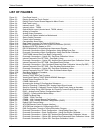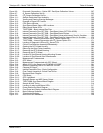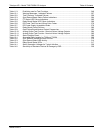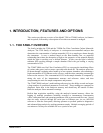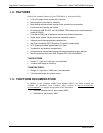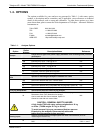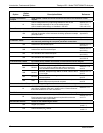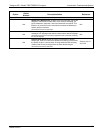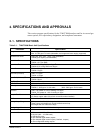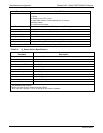
25
1. INTRODUCTION, FEATURES AND OPTIONS
This section provides an overview of the Model T300 or T300M Analyzer, its features
and its options, followed by a description of how this user manual is arranged.
1.1. T300 FAMILY OVERVIEW
The family includes the T300 and the T300M Gas Filter Correlation Carbon Monoxide
Analyzer. The T300 family of analyzers is a microprocessor-controlled analyzer that
determines the concentration of carbon monoxide (CO) in a sample gas drawn through
the instrument. It uses a method based on the Beer-Lambert law, an empirical
relationship that relates the absorption of light to the properties of the material through
which the light is traveling over a defined distance. In this case the light is infrared
radiation (IR) traveling through a sample chamber filled with gas bearing a varying
concentration of CO.
The T300/T300M uses Gas Filter Correlation (GFC) to overcome the interfering effects
of various other gases (such as water vapor) that also absorb IR. The analyzer passes the
IR beam through a spinning wheel made up of two separate chambers: one containing a
high concentration of CO known as the reference, and the other containing a neutral gas
known as the measure. The concentration of CO in the sample chamber is computed by
taking the ratio of the instantaneous measure and reference values and then
compensating the ratio for sample temperature and pressure.
The T300/T300M Analyzer’s multi-tasking software gives the ability to track and report
a large number of operational parameters in real time. These readings are compared to
diagnostic limits kept in the analyzers memory and should any fall outside of those
limits the analyzer issues automatic warnings.
Built-in data acquisition capability, using the analyzer's internal memory, allows the
logging of multiple parameters including averaged or instantaneous concentration
values, calibration data, and operating parameters such as pressure and flow rate. Stored
data are easily retrieved through the serial port or Ethernet port via our APICOM
software or from the front panel, allowing operators to perform predictive diagnostics
and enhanced data analysis by tracking parameter trends. Multiple averaging periods of
one minute to 365 days are available for over a period of one year.
06864B DCN6314




